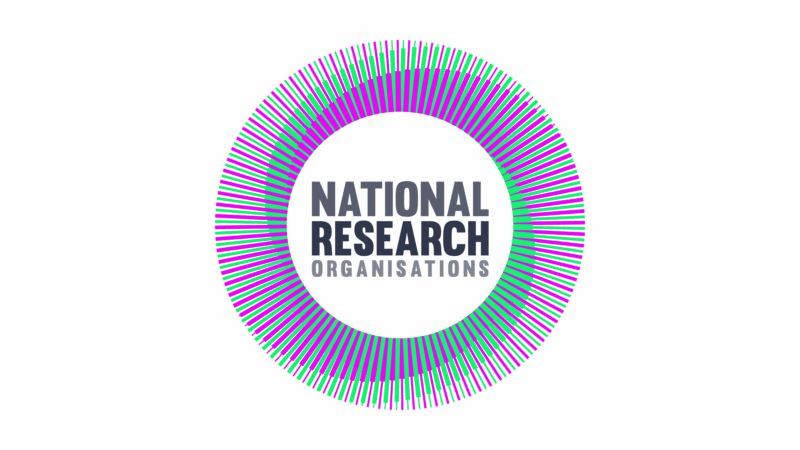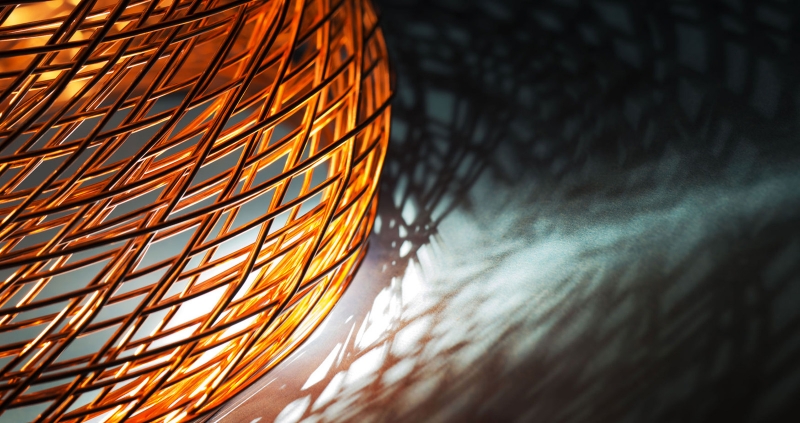Academic access to Orion
One of the key priorities of AWE’s mission in national defence and security is working in partnership with academia and universities across the UK to deliver mutually beneficial research in STEM. By opening our doors to scientists from the UK’s academic community and international collaborators, we can provide access to leading facilities like our Orion Laser Facility, one of the most powerful lasers in the world.
Orion is a high energy density physics experimental facility that enables AWE scientists and physicists to improve their understanding of nuclear warhead science. Experts are able to apply a model-based approach to researching the performance, reliability and safety of the nuclear deterrent – in the absence of live testing since the UK’s ratification of the Comprehensive Nuclear Test Ban Treaty in 1996.
AWE has historically used lasers to replicate the physical conditions found at the heart of a nuclear detonation, albeit on a minute scale. The Orion facility was commissioned as a replacement for the HELEN laser facility, which operated from 1979 to 2009.
Whilst most of Orion’s system time is dedicated to supporting the nuclear deterrent throughout its life cycle, we also ensure that up to 15% of Orion’s annual system time is reserved for collaborative experiments with our academic partners.
By recreating the huge pressures and high temperatures (up to 10 million degrees, which is similar to temperatures found at the centre of the Sun) that happen at the heart of a nuclear explosion, the facility is also able to replicate the centre of stars and large planets. This makes Orion a valuable tool for astrophysicists or scientists working in nuclear fusion, which is the process where atoms combine to release a huge amount of energy. Nuclear fusion reactions power the Sun and other stars.
A recent paper published in Plasma Physics and Controlled Fusion underlines the work being done in nuclear fusion. The researchers behind the work, led by Professor Paul McKenna, Deputy Associate Principal (Research & Knowledge Exchange) at the University of Strathclyde, used the Orion Facility to investigate energy selective focusing of laser-driven protons in cone targets, which is relevant to fast ignition fusion – a much quicker and more efficient way of kickstarting the process of fusion. Fast ignition fusion involves the use of laser-driven electrons or protons to ignite the fusion plasma, rather than the implosion process, which allows the plasma to be heated more efficiently. The use of cone targets has been proposed to achieve this and the Strathclyde team, together with their national and international collaborators, was investigating the influence of cone target geometry on the properties of the beams of protons generated.
“Our research using the Orion Laser Facility has progressed understanding of the role of a cone target in inducing energy-selective focusing of a beam of laser-accelerated protons. It reveals that transient electric fields produced on the inner surface of the cone act to focus protons in a specific energy range defined by their time of transit through the target when the fields are at their maximum strength. It was found that a closed cone tip can decelerate the protons and increase the beam divergence”, said Professor McKenna.
“Collaboration between academia and industry is important,” Professor Mckenna continued. “It enables knowledge transfer and skills development, allows academic researchers to access unique research facilities and infrastructure (such as the Orion laser) and provides opportunities to gain new perspectives and approaches to solving research challenges.”
In 2022, Orion welcomed an international team of researchers for an academic-access collaboration after a three-year lull due to the pandemic. Professor Gianluca Gregori of the University of Oxford proposed and led the campaign Laboratory investigation of dust dynamics in re-shocked Rayleigh-Taylor flows. This was a welcome return for Professor Gregori, who was Orion’s first academic access user back in 2013 – during which Professor Gregori led a highly successful experimental campaign that studied supersonic plasma interactions such as those found between binary stars.
“We wanted to understand the behaviour of hot gas around binary star systems, particularly those consisting of a white dwarf and a red giant,” said Professor Gregori. “It is very difficult to look at the details of these processes with telescopes, hence laboratory experiments offer a viable way to study astronomy by recreating the relevant conditions in a controlled setting.”
The campaign was allocated two weeks of Orion system time, delivering an impressive 18 productive data shots. “We were able to show that the gas is heated as it impacts the surface of white dwarf star,” continues Professor Gregori. “This produces a powerful shock which emits a burst of x-rays. The research helped in clarifying the detail physical mechanics of the formation of such shocks.”
An average academic campaign at Orion involves approximately four research experimenters coming to AWE over a two-week period, which includes six shot days. However, the wider impact can be seen from the full list of 18 authors from 8 institutions, including collaborators from the USA and Germany, on Professor McKenna’s publication, which emphasises that many more researchers benefit from the access in analysing the data, modelling and theoretical support.
“The collaboration between academics and research organisations is fundamental, to say the least,” said Professor Gregori. “Universities don’t have the budgets to build large facilities that are needed to our research work. This is only possible at National Laboratories. There, the scientists have the knowledge and expertise needed to run the experiments that are proposed by the University investigators.”
There have been ten academic campaigns that have had access time allocated to Orion up to the end of 2023, including those led by Professor McKenna and Professor Gregori. Another academic collaboration on site at Orion is scheduled in 2024 and there will be an open call for new campaigns for scheduling in 2025.
“Access to the Orion laser is very competitive – many teams put proposal forward and the time offered for experiments is limited,” said Professor Gregori. “Once our proposal was submitted, the AWE team was excellent in supporting the experiment, providing expert and knowledgeable advice on how to best utilise the resources of the facility and make the experiment successful. Among the several facilities where our team has performed experiment, I would rank Orion among the very top ones for user support and quality of the data.”



